Hair Transplant Donor Area
The hair transplant donor area is usually the scalp in the posterior head region. This is an area where the hair is thick, firm, and generally non-shedding. Therefore, it is preferred as a donor area in hair transplantation. The hair follicles taken from the donor area are then transferred to the bald or sparse haired area called the recipient area. Thanks to this process, balding or sparse areas can be covered with a fuller and natural-looking hair. Hair follicles taken from the donor area can be removed with techniques such as FUE or FUT. However, the fact that the hair in the donor area is sufficiently thick and dense is an important factor in selecting suitable candidates for hair transplantation.
How to Take Hair Grafts from the Donor Area in Hair Transplantation?
For hair transplantation, Hair Transplant Donor Area are usually performed with a method called FUE (Follicular Unit Extraction). This method is a minimally invasive hair transplant method and is usually performed under local anesthesia.
During the FUE method, individual hair follicles are taken from the scalp using a special tool with a micro motor. These follicles are then transplanted to the transplantation site. The number of grafts taken depends on the size of the bald area, hair density and the number of grafts needed.
Thanks to the FUE method, grafts taken from the donor area can be removed with minimal damage. The method also ensures that each follicle has a natural appearance. The follicles taken can be taken not individually, but also in groups. In this case, the process is completed faster, but the natural appearance of the follicles may be slightly less.
What Happens to the Hair Transplant Donor Area After the Procedure?
After hair transplantation, most of the Hair Transplant Donor Area will be removed. For this reason, the hair in the donor area may gain a sparse or sparse appearance. However, hair follicles have the ability to regrow and over time, hair in the donor area may regrow.
After the procedure, a slight pain or discomfort in the donor area is normal and usually subsides within a few days. Small wounds in the donor area can take a few days to a week to heal. The healing process may vary depending on the patient’s health status, the size of the procedure and techniques.
In addition, it is possible to leave a slight scar in the Hair Transplant Donor Area, but this scar is usually invisible or minimal. In order to accelerate wound healing during the healing process, the care instructions recommended by the doctor should be followed.
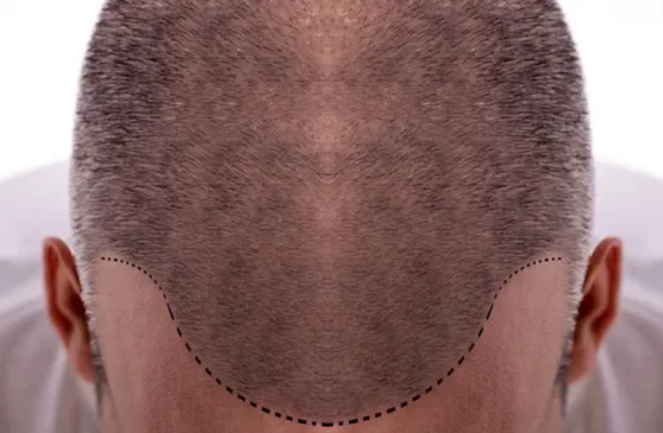
How Can I Best Take Care of the Donor Area After Hair Transplantation?
It is very important to heal the donor area after hair transplantation. During the healing process, the area may be at risk of infection, so regular care is important. Here are some tips for donor area care after hair transplantation:
Take a good rest: The hair transplant process causes some damage to your skin. Therefore, resting and lying in bed for at least 48 hours after surgery may aid the healing process.
Clean the donor area: After hair transplantation, the donor area may be sensitive for a few days. Follow your doctor’s instructions to clean the area and use the cleaner your doctor recommends.
Make regular dressing: Your doctor will make dressing recommendations for your donor area after hair transplantation. Usually the dressing is done with a special gel or cream to keep the area moist.
Keep the area moist: The healing process is faster when the donor area is kept moist. Use the moisturizer recommended by your doctor and continue using a humidifier to protect the area from dry air.
Take medications regularly: Your doctor may recommend medications such as pain relievers and antibiotics. Use these remedies regularly and follow the directions.
Protect from the sun: The donor area may be sensitive to sunlight after the procedure. Use a hat or similar accessory to protect the area from the sun.
Do not do sports: Avoid heavy sports for at least a week after hair transplantation. Exercising can cause sweating, which can increase the risk of infection of the area.
Donor area care after hair transplantation helps the area to heal quickly and healthily. Follow the instructions and share any concerns with your doctor.
Are Hair Transplant Methods Painful?
Hair transplantation is a procedure that is usually painless or performed with mild discomfort. By applying local anesthesia, the feeling of pain is minimal when removing the hair follicles from the donor area and placing the grafts in the transplanted areas. However, as with any surgical procedure, mild pain or discomfort is normal after hair transplantation. This can usually be controlled with pain relievers. A slight swelling and tenderness may be observed in the post-procedure period, but this will pass in a short time. Since the feeling of pain or discomfort after hair transplantation is usually minimal, it is possible for many patients to return to work or daily activities in a short time.
Your Hair Transplantation Donor Area is in Safe Hands
Hair transplantation is a serious medical procedure and is of great importance in terms of the safety, comfort and results of the person who will have the procedure. Since the hair transplant donor area is of vital importance for the success of the procedure, it must be in reliable hands for a safe and effective procedure.
Therefore, it is very important to choose a reliable clinic or doctor for the hair transplant procedure. There are licensed clinics for hair transplantation in many countries, and these clinics use the safest and most effective techniques for harvesting and Hair Transplant Donor Area.
In addition, local anesthesia is applied during the hair transplant procedure, so any pain or discomfort in the donor area is minimized. After hair transplantation, a slight pain or tenderness may be felt in the donor area, but this can usually be controlled with painkillers and other drugs.
In conclusion, hair transplantation is a safe procedure and it is important to choose a licensed and experienced doctor or clinic to make sure your donor area is in safe hands.
You can benefit from the privileges by contacting us.
• Best price guarantee
• You will not encounter hidden payments.
• Free transfer to airport, hotel or hospital
• Accommodation is included in the package prices.

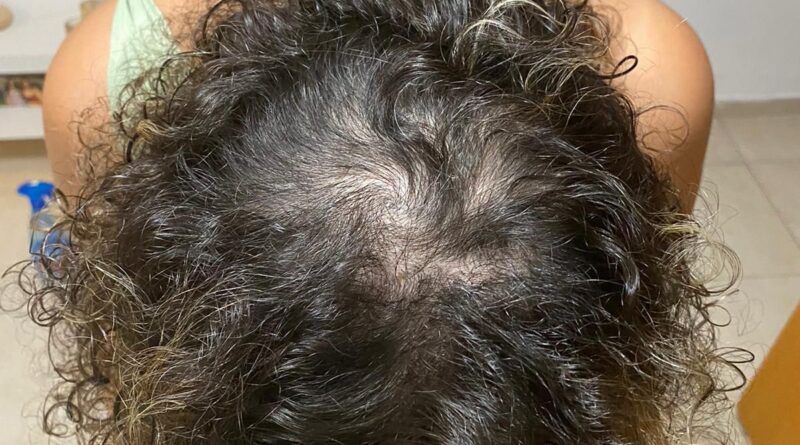
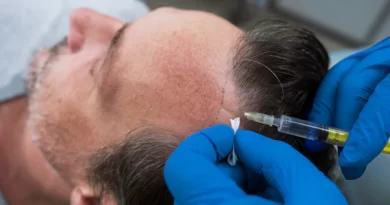
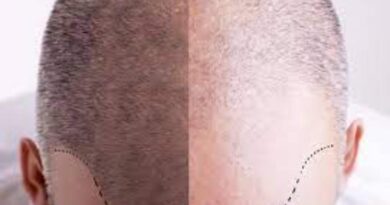
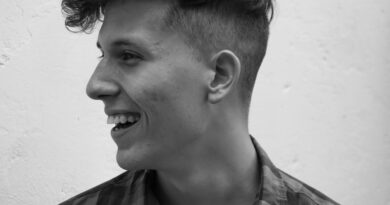
Pingback: Natural Hair Transplantation with High Success - AskMedicals